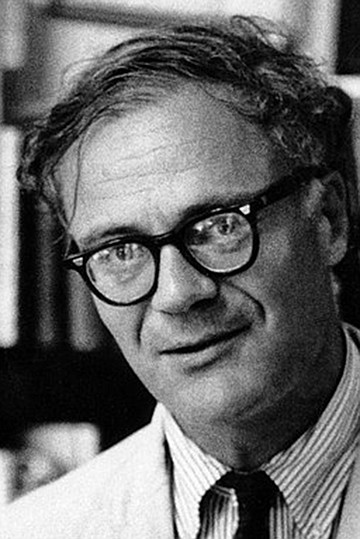 Facebook
Facebook
 X
X
 Instagram
Instagram
 TikTok
TikTok
 Youtube
Youtube


Robert Lowell (1917-1977) was an American poet and considered a major figure of the “Middle Generation” of poets, which included Delmore Schwartz, John Berryman and Randall Jarrell. Lowell grew up a member of the esteemed “House of Lowell” of Boston — which included fellow poets James Russell Lowell and Amy Lowell. An early student of Allen Tate, Lowell would also be influenced by William Carlos Williams and his friend, Elizabeth Bishop, whom he saw as a bridge between Tate’s formal and Williams’s informal style; Lowell wrote both structured and free verse throughout his career. (“For the Union Dead” can be read as counterpoint in style and theme to Tate’s more formal “Ode to the Confederate Dead.”) Winner of the National Book Critics Circle Award and the Pulitzer Prize, Lowell was a main contributor to the “confessional” school of poetry, which saw a poet’s (and others’) personal life as fair game for verse. His poems dealt with both personal and objective history, and often found their tension in the interplay between the two.



Robert Lowell (1917-1977) was an American poet and considered a major figure of the “Middle Generation” of poets, which included Delmore Schwartz, John Berryman and Randall Jarrell. Lowell grew up a member of the esteemed “House of Lowell” of Boston — which included fellow poets James Russell Lowell and Amy Lowell. An early student of Allen Tate, Lowell would also be influenced by William Carlos Williams and his friend, Elizabeth Bishop, whom he saw as a bridge between Tate’s formal and Williams’s informal style; Lowell wrote both structured and free verse throughout his career. (“For the Union Dead” can be read as counterpoint in style and theme to Tate’s more formal “Ode to the Confederate Dead.”) Winner of the National Book Critics Circle Award and the Pulitzer Prize, Lowell was a main contributor to the “confessional” school of poetry, which saw a poet’s (and others’) personal life as fair game for verse. His poems dealt with both personal and objective history, and often found their tension in the interplay between the two.
Comments